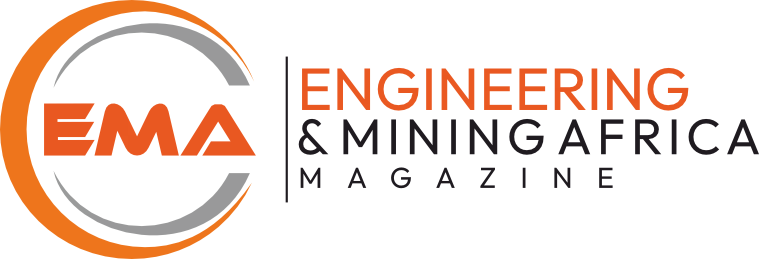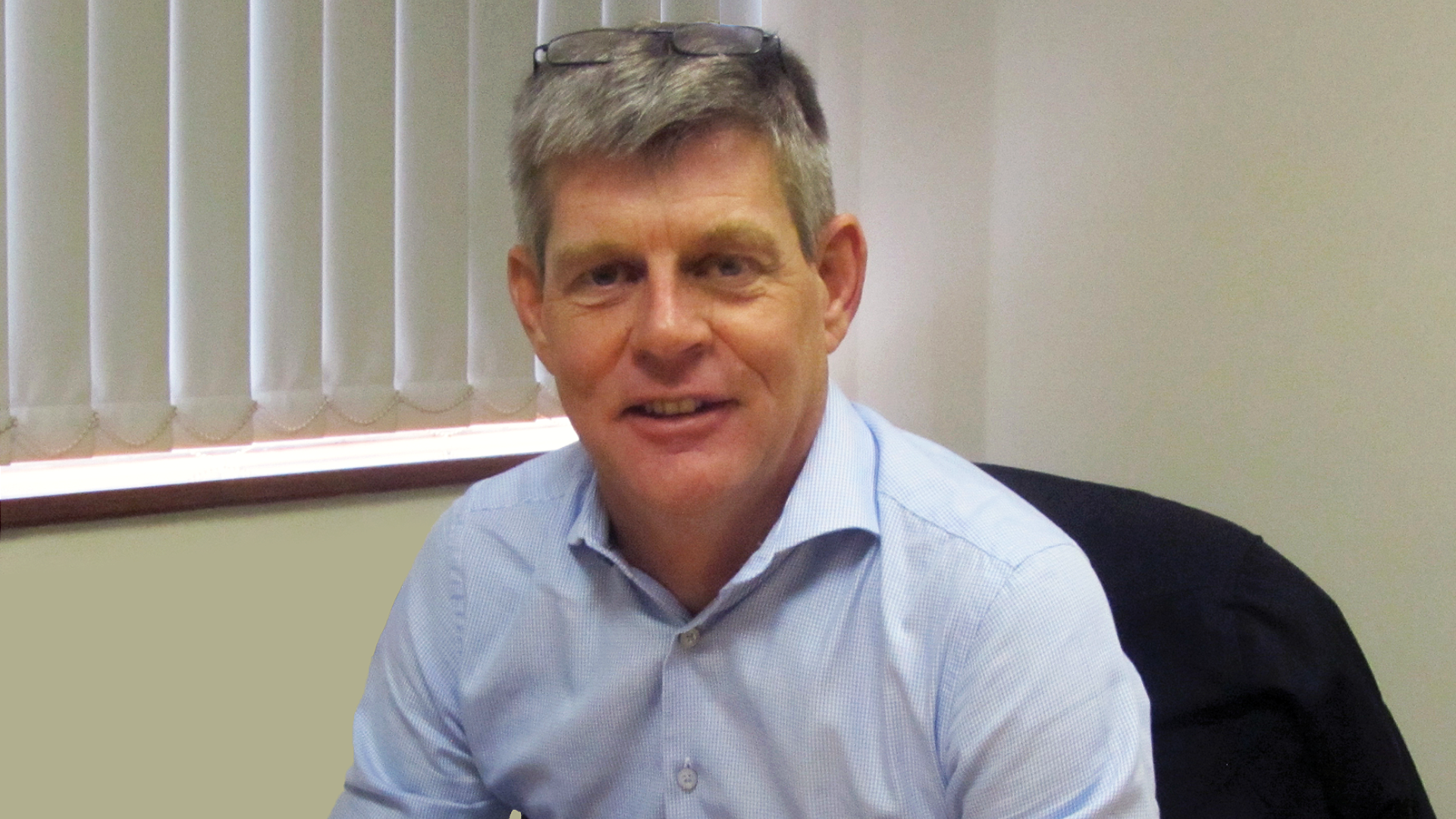Over the past decade, South Africa’s steel value chain has been stretched to the limit with myriad challenges: from reduced infrastructure spend, conflicting policy implementation, to the global pandemic and more recently, national power grid supply challenges. However, the steel sector has proven to be very resilient, with strategically astute companies which survived the past decade determined to build sustainable businesses. These are now poised to benefit from opportunities generated by localisation and beneficiation initiatives.
The Executive Director of the Hot Dip Galvanizers Association Southern Africa (HDGASA) Robin Clarke describes the Association as remaining “optimistic while staying realistic” in an industry which has recently been dealt another wild card: the announcement of the pending closure of the primary local steel producer ArcelorMittal South Africa’s two long steel products facilities.
“The HDGASA has a mandate to serve an extensive value chain including specifiers, architects and engineers, building and construction contractors, fabricators, steel specialists, galvanizers and end-users throughout Southern Africa.
As such, the Association is a passionate proponent and active supporter of local beneficiation – and is committed to developing and expanding the market for hot dip galvanizing as the preferred corrosion control technology across a wide range of industry sectors. At the same time, the HDGASA is both a voice for its members and a commentator on industry trends and developments,” Clarke explains.
This includes analysing the government’s gazetted document, outlining 51 local content and industrialisation priority projects. “It is no easy task,” Clarke concedes, but makes the point that companies which have survived the myriad challenges of policy uncertainty, competition from exports, economic turbulence, an energy crisis and a pandemic, are well equipped this time around not only to survive, but to thrive.
“Yes, it has been tough – however in the local steel and galvanizing sectors, we have improved agility and efficiencies. Difficult times have inspired businesses throughout the steel value chain to reflect, reinvent and improve – becoming far more ‘match fit’. There has recently been more pressure on policymakers to start delivering – the first tentative steps to start awarding infrastructure development tenders are indicative thereof. The galvanizing sector is now well positioned to ride that wave,” he says.
A call to ‘do the right thing’
Clarke points out that the closure of ArcelorMittal’s two long steel products facilities requires a pragmatic view: ”It is recognised that equilibrium in steel supply must be achieved through natural market forces. In light of this, we appeal to policymakers to ‘do the right thing’ from a strategic perspective and address the concerns of an equal playing field for all.
It is therefore of concern that the Department of Trade Industry and Competition (dtic) is heavily invested in the local mini-mills, and that strategic policy may suffer in terms of the requirement to safeguard these investments. In conjunction with the need to set enabling policies for the steel sector an acceleration in infrastructure spend is essential,” he explains, adding that tonnage is now at a threshold where many businesses in the steel value chain are struggling to cover overheads.
Another challenge is a potential influx of steel with wide variability in metallurgical and dimensional tolerances: “This raises the possibility that steel may be sourced to the lowest common denominator which is a cause for concern,” he says.
Commenting on how this affects the galvanizing sector, Clarke explains that the large variations when it comes to metallurgy will impact negatively on the aesthetics of the galvanizing finish. This presents a challenge when surface finish is a requirement, such as in the architectural market.
Infrastructural inconsistencies
Inconsistencies in implementation of strategic initiations such as designation and local content stimulation to foster investment and job creation are also problematic.
A decision by the South African National Roads Agency (SANRAL) to award tenders to construct highway bridges worth billions to a Chinese company was just one disappointment, Clarke says. This has subsequently been withdrawn and re-advertised, and Clarke is optimistic that local companies could now benefit.
He also cites Eskom’s Transmission Development Plan (TDP), which promises the construction of some 14 000 kms of transmission lines which are needed to balance the electricity grid, as an opportunity for the steel sector. However, pricing issues and a potential lack of access to steel because of the ArcelorMittal long products facilities closures represents a significant risk for such projects.
“It is essential that a default position to import finished products to service these projects is guarded against. History has shown that we have the capacity and skills to service such infrastructure projects, and to do so will prevent further erosion of local investments and increased unemployment.
There is a potential for placing our industry under increased pressure through irresponsible imports. We need to do everything we can to try to stop this from happening,” he emphasises.
A positive alternative
An alternative and very much more positive solution for potential steel shortages of critical steel sections would be for government to allow the import of quality, raw steel for beneficiation locally. Provided that standards are met, this would not only meet the needs of large local infrastructure projects, but also make local fabricators more competitive across all Sub-Saharan markets.
The increase in production volumes that are closely aligned with this could result in efficiencies that would, in turn, achieve more competitive pricing. “This is the ultimate high road. Vertical integration is also required for success. If we have this – combined with the right volumes in any steel fabrication and / or galvanising shop – as well as a stringent and enforceable quality assurance system – then the steel and galvanising sectors have a viable operational framework which creates profitability for the entire value chain,” Clarke maintains.
‘Galvanizing’ job creation via volume
At present, Clarke estimates that approximately 2 200 people are directly employed in the galvanizing sector, with a further 1 500 working for companies which support it. It is however estimated that present market conditions only result in a utilisation of approximately 45% of total installed capacity. Therefore, employment could be doubled within the galvanizing sector if sufficient volumes were available for companies to add more shifts.
“We still have the capacity, which could be turned on at minimal investment. Yes, our surviving businesses are operating off a higher cost base, but they are also very experienced, good businesses – with the capability and expertise to ‘step up to the plate’. What we really need is a structured increase in volumes over a short period of time,” he says.
Building bridges for the future
Going forward, Clarke believes a number of opportunities could flow from policymakers’ support for local manufacturing and beneficiation. As an example, the SANRAL (South African National Road Agency Limited) coastal bridge programme, which would include the use of galvanised steel rebar as specified by civil engineers. This technology is proven to be beneficial, and is a cost-effective method of adding service life to concrete structures – particularly in coastal environments.
“We really hope that SANRAL does the right thing, as this would liberate thousands of tons for the industry and provide a massive boost for local content – including local employment across the fabrication, construction and galvanising sectors,” he says.
A resurgence in Transnet’s infrastructure investments would also provide a further boost to vital volumes across the sector – as would opportunities to take advantage of the trend of corrosion control for pivotal construction components such as nuts and bolts. Another area of opportunity is renewable energy. “This is gaining traction in South Africa, and will run in parallel as a volume multiplier in our industry. It is a tremendous opportunity, but needs to be done with a very serious understanding of the sector and its attendant requirements, challenges and risks – and with excellent contracting capacity. Some of our galvanizers are already participating in this arena, and it is pleasing to note that their volumes are increasing, assisting with overhead recovery and ultimately, a return to profitability for the sector,” he concludes.



